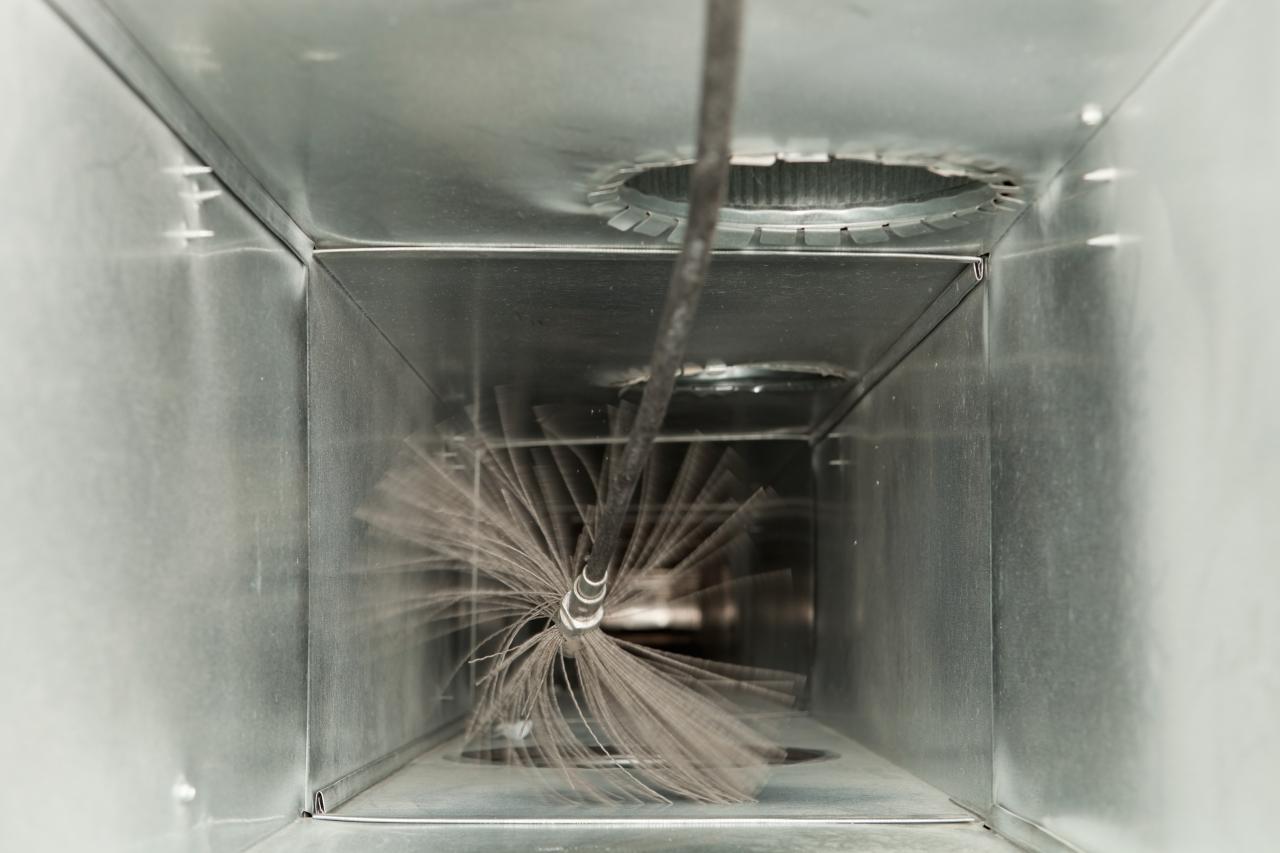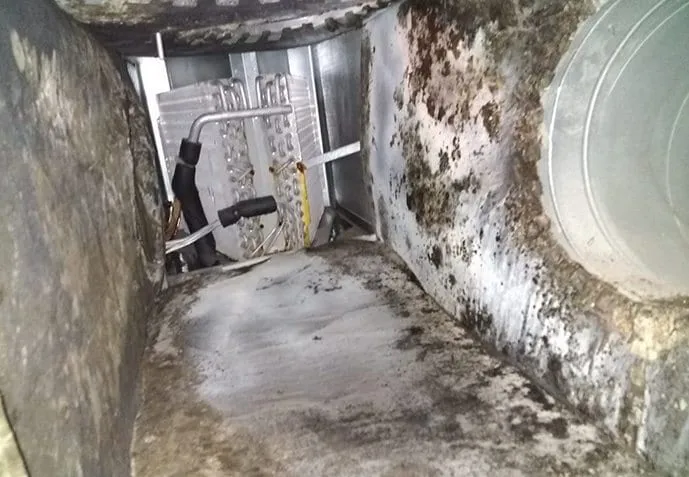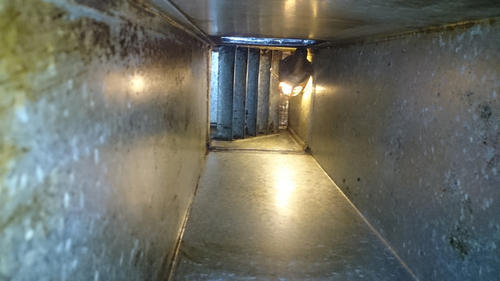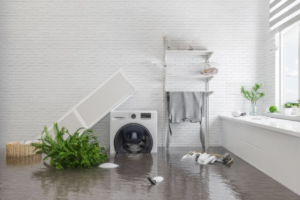Introduction
Maintaining a clean and healthy indoor environment is crucial for the well-being of occupants. One of the often-overlooked aspects of indoor air quality is the cleanliness of the HVAC (heating, ventilation, and air conditioning) system, particularly the ductwork. Regular duct cleaning plays a vital role in preventing mold growth and moisture issues, which can have significant health implications and compromise the integrity of a building. In this article, we will explore the importance of home duct cleaning in combating mold and moisture problems, and the benefits it brings to the overall indoor air quality.
Understanding Mold Growth and Moisture Issues
Mold is a type of fungus that thrives in damp, dark, and poorly ventilated environments. HVAC ductwork, if not adequately maintained, can become a prime breeding ground for mold spores. Moisture, in the form of condensation or water leaks, can accumulate within the ducts, providing the ideal conditions for mold to grow and multiply.
When mold spores are present in the air, they can be inhaled by occupants, potentially leading to respiratory issues, allergic reactions, and even more severe health problems. Moreover, mold growth within the ducts can compromise the system’s efficiency and hinder proper airflow, resulting in increased energy consumption and decreased indoor comfort.
The Role of Duct Cleaning
- Removing Mold Spores: Regular duct cleaning involves the thorough removal of dust, debris, and contaminants, including mold spores, from the ductwork. Professional duct cleaning services utilize specialized equipment to effectively clean the ducts and remove any accumulated mold. By eliminating mold spores, the risk of their circulation throughout the living spaces is greatly reduced.
- Preventing Mold Colonization: Duct cleaning not only removes existing mold spores but also helps prevent their colonization. By eliminating the moisture that supports mold growth, duct cleaning disrupts the mold’s life cycle, inhibiting its ability to multiply and spread. This preventative measure helps maintain a clean and healthy indoor environment.
- Improving Indoor Air Quality: Mold spores and other airborne contaminants within the ducts can easily find their way into the living spaces, leading to poor indoor air quality. Duct cleaning removes these contaminants, resulting in cleaner air circulating throughout the building. Cleaner air promotes better respiratory health, reduces allergies, and enhances overall comfort for occupants.
- Enhancing HVAC Efficiency: Mold growth within the ducts can obstruct the airflow and force the HVAC system to work harder to maintain the desired temperature. A clean ductwork system allows for unrestricted airflow, improving the efficiency of the HVAC system and reducing energy consumption. This, in turn, can lead to cost savings on energy bills.
Conclusion
Regular duct cleaning is an essential part of maintaining a healthy indoor environment and preventing mold growth and moisture issues. By removing mold spores, preventing colonization, and improving indoor air quality, duct cleaning ensures the well-being of occupants and the longevity of the HVAC system. It is recommended to schedule professional duct cleaning at regular intervals, particularly in humid climates or if there has been a history of moisture-related problems. Prioritizing duct cleaning will contribute to a healthier, more comfortable living or working environment for all.
















